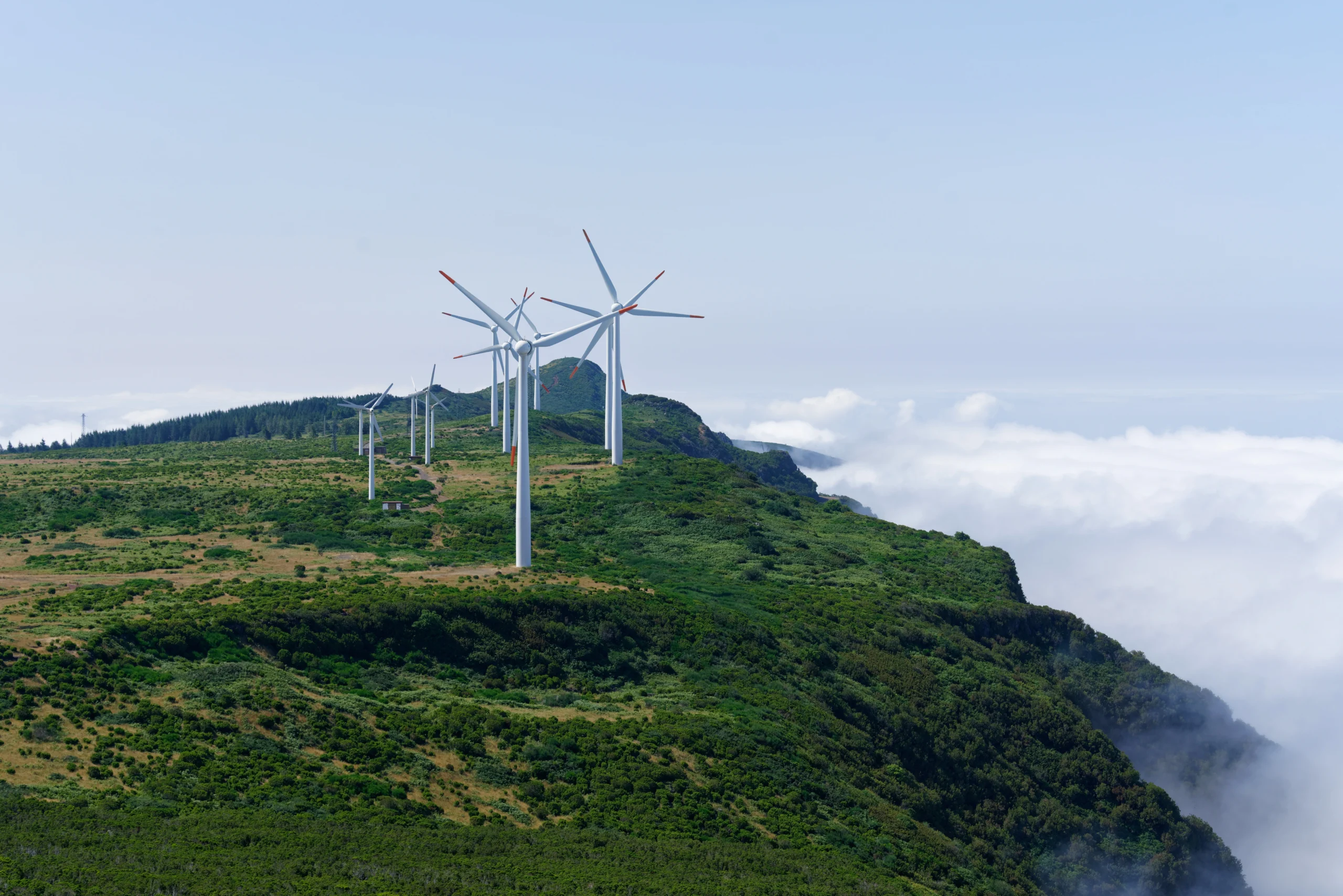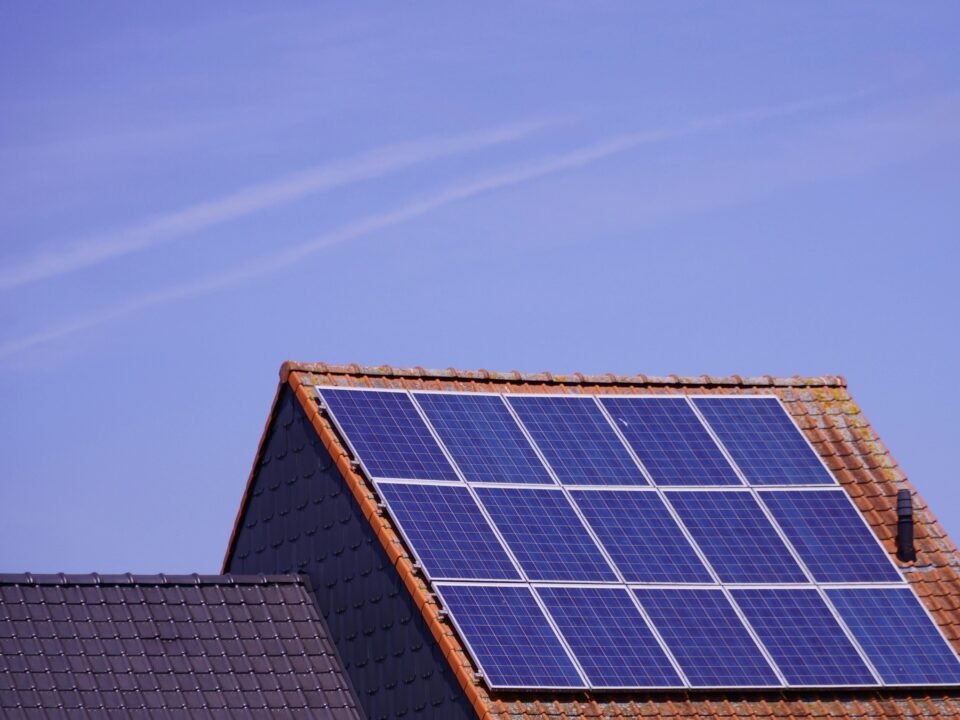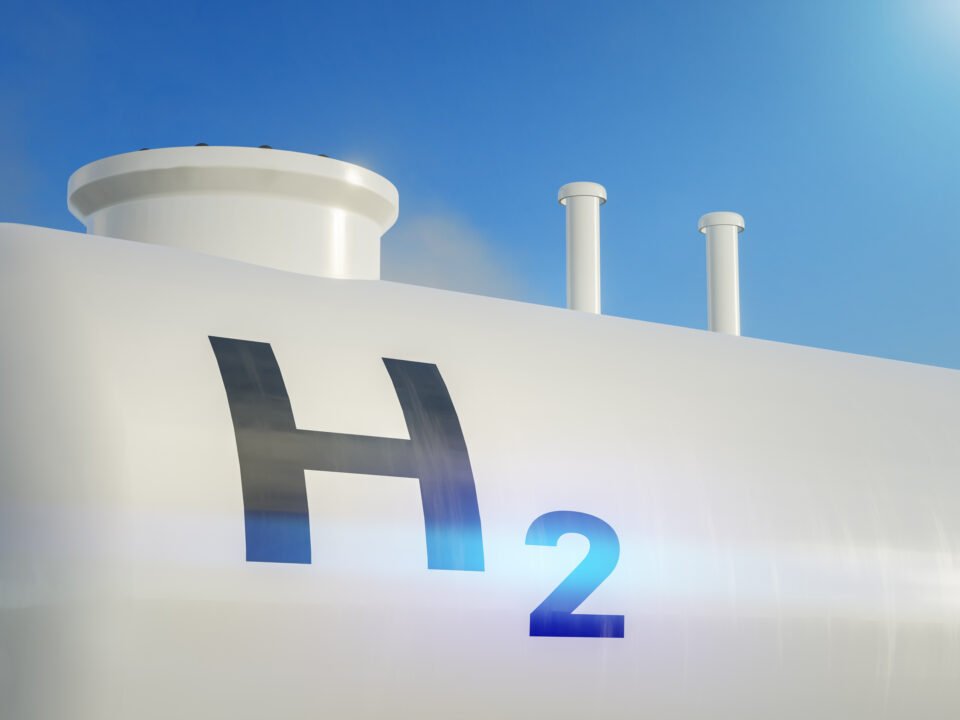As the world shifts toward cleaner, more sustainable energy, two technologies have emerged as frontrunners: wind power plants and solar energy systems. Both are key to reducing our dependence on fossil fuels, lowering greenhouse gas emissions, and combating climate change. But when it comes to choosing the better renewable energy source—whether for government investment, commercial use, or personal applications—the debate between wind and solar continues to stir interest.
In this blog, we’ll dive deep into the pros and cons of each, evaluating key factors like cost, efficiency, environmental impact, scalability, and long-term viability to determine which renewable energy source comes out on top.
Understanding Wind Power Plants
A wind power plant harnesses the kinetic energy of moving air to generate electricity. Large wind turbines, often grouped in wind farms, convert this kinetic energy into mechanical power, which is then turned into electricity using a generator.
Wind power plants can be located onshore or offshore. Offshore wind farms tend to be more expensive but benefit from stronger and more consistent wind patterns. Onshore wind farms are less costly to install and maintain but can be subject to variable wind conditions.
Key Benefits of Wind Power Plants:
- Zero emissions during operation.
- High energy output in suitable windy areas.
- Small land footprint—land under turbines can often be used for farming or grazing.
- Cost-competitive in many regions due to technological advancements.
The Case for Solar Energy
Solar energy systems capture sunlight using photovoltaic (PV) cells, converting it directly into electricity. These systems can be installed on rooftops, in open fields (solar farms), or even integrated into building materials like windows or tiles.
Solar energy is arguably more accessible for small-scale use and residential applications due to its simplicity and relatively low upfront cost.
Key Benefits of Solar Power:
- Scalable and modular, suitable for homes, businesses, and utility-scale farms.
- Easy to install and maintain, especially on rooftops.
- No moving parts, which translates to lower mechanical wear and maintenance.
- Rapidly decreasing costs of PV panels and batteries.
Cost Comparison: Wind vs. Solar
The cost of renewable energy technologies has plummeted over the past two decades, making both wind and solar increasingly affordable. However, the actual cost comparison between a wind power plant and a solar installation can vary depending on the location, scale, and available incentives.
- Wind Power Plant: The Levelized Cost of Energy (LCOE) for wind is competitive with fossil fuels in many parts of the world. Wind farms benefit from economies of scale but require significant upfront investment and site preparation.
- Solar Power: Solar panel installation costs have decreased significantly, especially for residential use. However, solar farms can require large areas of land and are subject to sunlight availability, which varies by region and season.
Winner (Cost-wise): Tie, depending on scale and location.
Efficiency and Energy Output
Efficiency is a major point of comparison between wind and solar.
- Wind Power Plant: Modern wind turbines can convert 35-45% of wind’s kinetic energy into electricity. In high-wind areas, wind power plants can operate at a high capacity factor (up to 50% or more), meaning they produce energy more consistently.
- Solar Power: Solar panels typically have an efficiency range of 15-22%. Their capacity factor is lower—usually between 10-25%—as they depend on sunlight availability and time of day.
Winner (Efficiency-wise): Wind Power Plant, especially in high-wind regions.
Environmental Impact
Both wind and solar are environmentally friendly compared to fossil fuels, but they come with their own ecological considerations.
- Wind Power Plant:
- No air or water pollution.
- May affect local wildlife, particularly birds and bats.
- Some people find large turbines visually intrusive and noisy.
- Solar Power:
- Clean and silent operation.
- Large solar farms can disrupt local ecosystems and require significant land use.
- PV panel production involves toxic materials and energy-intensive processes.
Winner (Environmentally): Slight edge to Solar, due to lower impact on wildlife.
Land and Space Requirements
- Wind Power Plant: Turbines are spaced far apart, but the land between them can often be used for agriculture or grazing. Offshore wind farms avoid land use issues but cost more to install.
- Solar Power: Solar panels require large, unobstructed areas for optimal energy capture, particularly in solar farms. Rooftop solar, however, uses existing structures and doesn’t require extra land.
Winner (Land Use): Wind Power Plant, especially in rural or multi-use areas.
Reliability and Consistency
Renewable energy sources are inherently intermittent, but some are more predictable than others.
- Wind Power Plant: Wind is variable and can change quickly. However, in consistently windy regions, turbines can generate electricity around the clock.
- Solar Power: Predictable but limited to daylight hours. Cloud cover and seasonal variation can reduce output. Requires energy storage for nighttime use.
Winner (Reliability): Wind Power Plant, though storage solutions are improving for both.
Scalability and Application
- Wind Power Plant: Best suited for utility-scale projects and large rural or offshore installations. Less practical for individual residential use due to size, zoning, and wind availability.
- Solar Power: Highly scalable—from tiny solar chargers to massive solar farms. Ideal for individual homes, businesses, and communities.
Winner (Scalability): Solar, especially for personal and distributed generation.
The Verdict: Which Renewable Energy Source Wins?
So, which renewable energy source comes out on top—wind power plant or solar?
| Category | Winner |
|---|---|
| Cost | Tie |
| Efficiency | Wind Power Plant |
| Environmental Impact | Solar |
| Land Use | Wind Power Plant |
| Reliability | Wind Power Plant |
| Scalability | Solar |
Both technologies are essential pillars of the renewable energy future. If we must choose a winner based on overall performance and long-term viability, wind power plants have a slight edge in efficiency, reliability, and large-scale deployment. However, solar energy remains a top choice for individual and decentralized applications.
In truth, the best energy strategy involves a balanced mix of both wind and solar, leveraging their respective strengths to create a resilient, clean energy grid. The sun and wind are both free, abundant, and renewable—so why choose one when we can harness them together?
Final Thoughts
The transition to renewable energy is not about choosing one technology over another but about integrating diverse sources to meet the world’s energy demands sustainably. Wind power plants offer powerful, efficient energy production for large-scale needs, while solar energy shines in accessibility and small-scale use.
Whether you’re a policymaker, investor, homeowner, or environmental enthusiast, understanding the strengths and weaknesses of each option empowers smarter decisions for a greener tomorrow.




